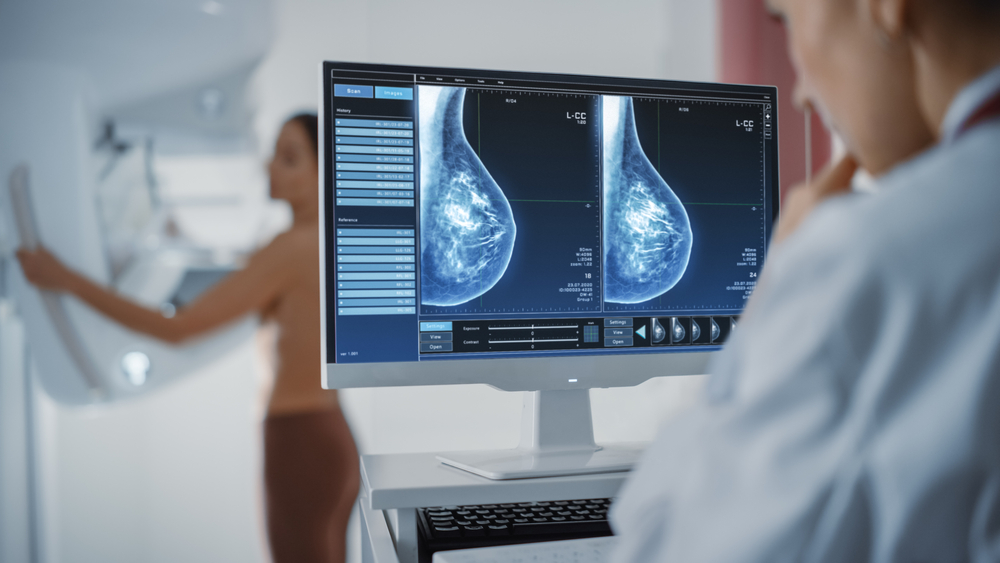Recognizing cancer early: Heed these warning signs
Others are reading now
Cancer is a disease that has affected many, with almost half of the population in many European countries being diagnosed with it at some point in their lives.
According to the Robert-Koch-Institute, 47% of men and 43% of women in Germany will face this diagnosis. However, the silver lining is that the mortality rate is decreasing, and over half of those diagnosed can hope for a cure.
One of the primary reasons for the high survival rate is early detection. The sooner cancer is identified, the better the chances of successful treatment. But what are the early signs of cancer in children, teenagers, and adults? How does your body alert you in the initial stages? And what does undergoing chemotherapy entail?
Also read
Cancer, especially in its early stages, often presents with symptoms that might seem harmless at first. For instance, children might display signs like bruises, fever, or headaches, which are common and might not immediately raise concerns about a severe illness. However, it’s essential to be aware of potential indicators. If these symptoms are intense, persistent, or worsening, it’s crucial to consult a pediatrician.
General symptoms might suggest that the body is fighting off the spread of cancer cells. These can include fever, paleness, fatigue, reluctance to play, stunted growth, or weight loss. On the other hand, local symptoms can indicate changes in the body due to the spread of cancer cells, leading to issues like swelling, pain, visual disturbances, consciousness disorders, paralysis, seizures, or bone pain.
The manifestation of symptoms largely depends on which organ is affected by the cancer cells and the overall strength of the immune system. For example, bone pain could be a sign of leukemia but might also just indicate a growth spurt. It’s essential to monitor any symptoms you notice and consult a doctor if they don’t improve.
For adults, seemingly benign symptoms can also hint at cancer. Every year, cancer is responsible for the deaths of millions, emphasizing the gravity of the disease. If you experience any symptoms, it’s imperative to consult a specialist. Early diagnosis can prevent severe consequences and increase the likelihood of recovery.
Detectable swellings, hardenings, or lumps on the body, such as on the breast, can be warning signs of cancer. These can appear on the skin, mucous membranes, or soft tissues, often without causing pain. It’s crucial to pay attention to changes in the body, such as alterations in the breast or testicles, lymph nodes in the armpit area, groin, or neck, as well as changes in the thyroid gland. Persistent cough, changes in a long-standing cough, constant coughing, shortness of breath, swallowing difficulties, chronic hoarseness, or bloody sputum can also be physical indicators of cancer.
It’s vital to take any changes in the skin, moles, and warts seriously, especially concerning their size, shape, and color. Other symptoms to watch out for include blood in semen, bleeding post-menopause or spotting between periods, changes in bowel movements or urination, and persistent indigestion, heartburn, bloating, abdominal pain, and unusual bleeding or discharge.
Early action upon suspecting cancer is crucial. Recognizing the warning signs and seeking medical advice can provide clarity and, in the event of an actual diagnosis, increase the chances of complete recovery. Regular screenings, such as colonoscopies, can detect precursors to colon cancer and remove them.
Some basic measures to integrate into daily life to reduce cancer risk include not smoking, limiting alcohol consumption, attending regular check-ups, being aware of body signals, self-examining the breasts or testicles, maintaining a healthy weight, staying active, and following a balanced diet.
To diagnose cancer, a detailed medical history is taken, followed by thorough physical examinations. Essential diagnostic procedures include endoscopy, biopsy, imaging techniques, microscopic diagnostics, and molecular diagnostics. Each method offers a unique insight into the body, helping medical professionals determine the presence and type of cancer, enabling them to tailor the treatment accordingly.


